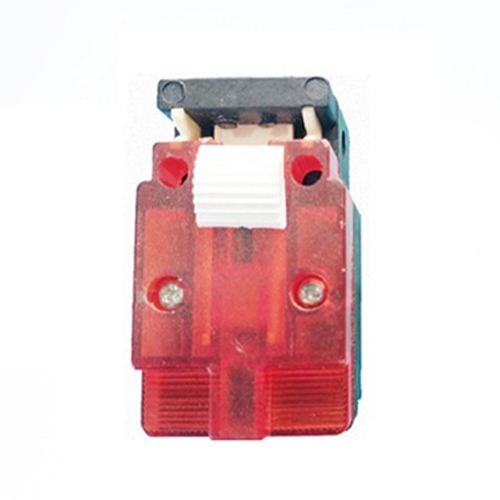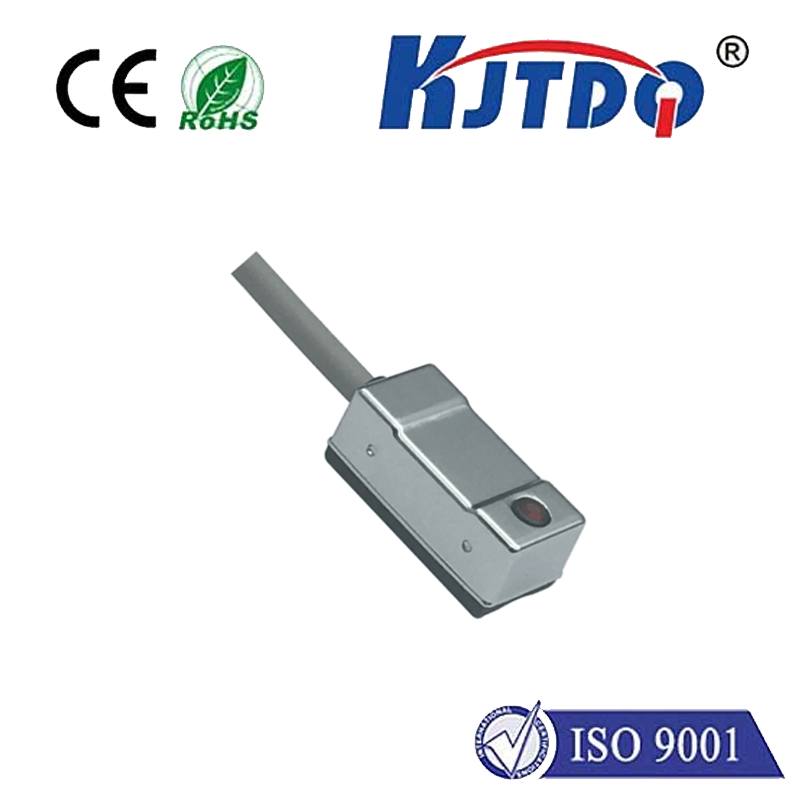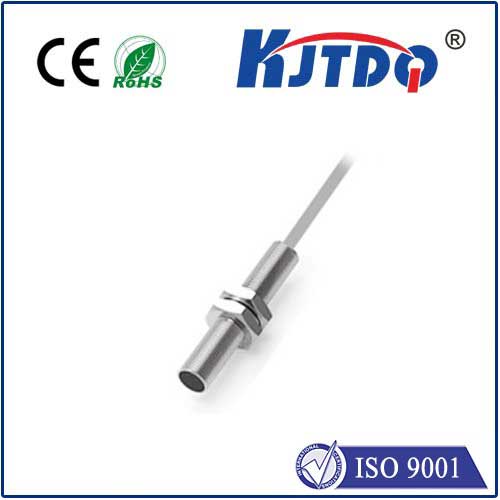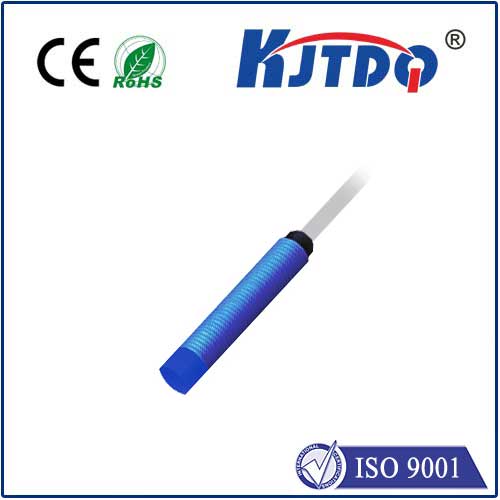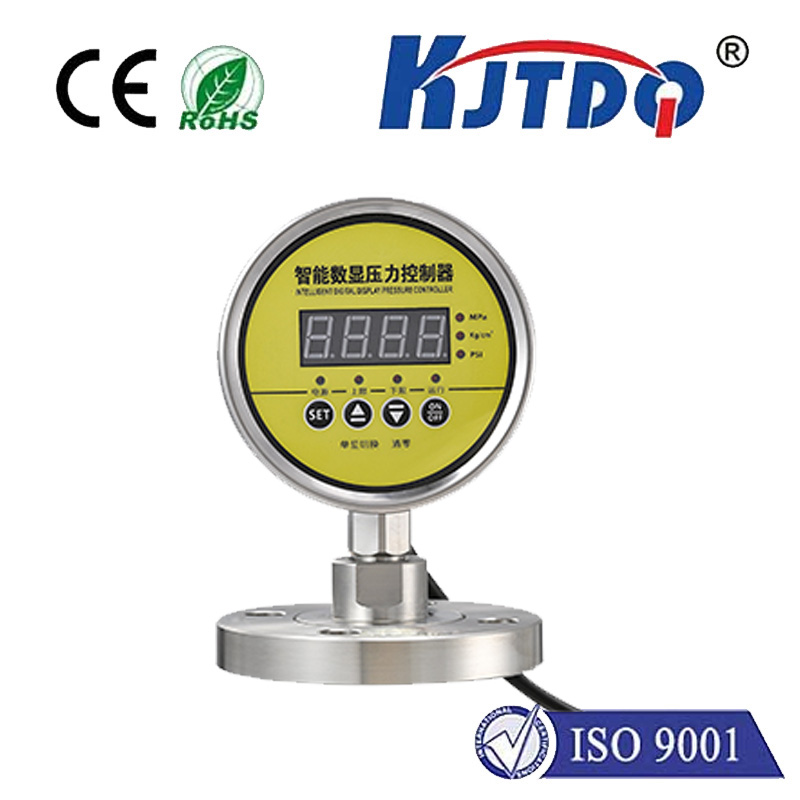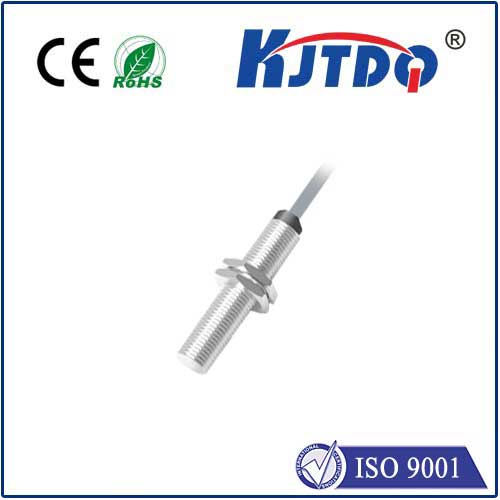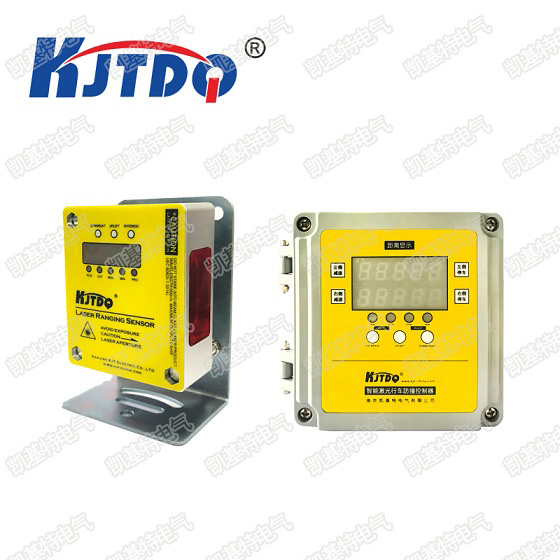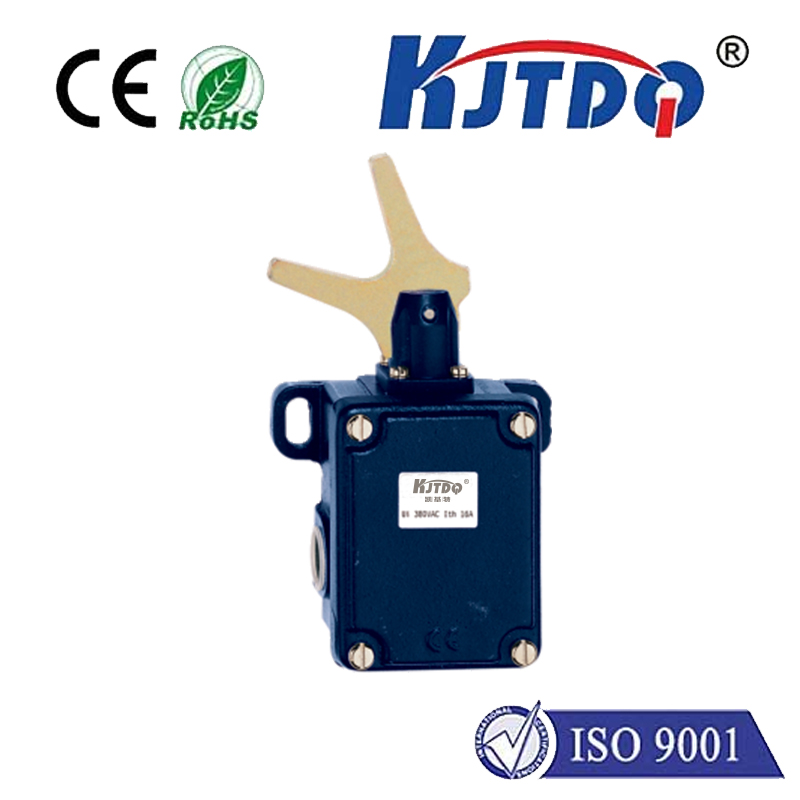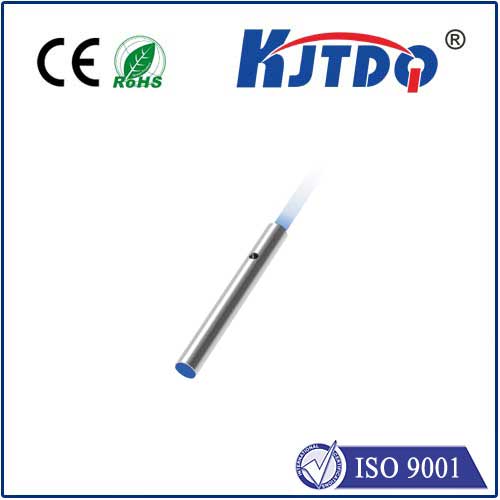датчик приближения с ультранизким энергопотреблением
- time:2025-07-18 08:16:24
- Нажмите:0
Ultra-Low Power Proximity Sensors: Engineering the Invisible Sentinel
Imagine a device that instantly knows when you approach, ready to spring to life – yet sips power so frugally it could run for years on a tiny battery, or even harvest energy from its surroundings. This isn’t science fiction; it’s the reality enabled by ultra-low power proximity sensors (ULP proximity sensors). These ingenious components are the unsung heroes powering the next generation of always-aware, yet astonishingly energy-efficient, smart devices.
Traditional proximity sensors, while effective, often act as silent power drains. Constantly monitoring their environment requires energy, which becomes a critical bottleneck in battery-powered or energy-harvesting applications like wearables, IoT sensors, smart packaging, and industrial monitoring tags. This is where ULP proximity sensor technology makes a revolutionary difference, redefining what’s possible in terms of longevity and functionality.
The Core Challenge: Balancing Vigilance with Thrift
Proximity detection inherently requires active sensing – emitting light (IR), sound (ultrasonic), or electromagnetic fields and measuring changes caused by an approaching object. Historically, achieving meaningful range and reliability demanded significant power. The breakthrough lies in minimizing this power consumption without sacrificing essential performance. Key strategies include:
- Radical Power Management: Moving far beyond simple sleep modes. ULP chipsets employ duty cycling at an extreme level. The sensor spends the vast majority of its time in a deep sleep state, drawing mere nanoamps of current. It wakes up only for ultra-short, highly optimized bursts of measurement activity. Advanced algorithms determine the optimal wake-up schedule – sometimes externally triggered, sometimes periodic. This aggressive duty cycling is fundamental to achieving microamp or even nanoamp average current consumption.
- Optimized Sensing Techniques & Circuits:
- Subthreshold Operation: Designing circuits to operate at voltages below their normal threshold, drastically reducing dynamic power.
- Time-of-Flight (ToF) Refinement: For optical sensors, ULP versions use pulsed light and highly sensitive detectors, minimizing the required emitter power and processing only the essential time difference data efficiently. Low-power IR proximity sensors exemplify this.
- Adaptive Sensing: Dynamically adjusting sensor parameters (like gain or emitter power) based on environmental conditions or detection history to use only the necessary power.
- Efficient Signal Processing: Integrating minimal, highly optimized processing logic directly on the sensor chip (e.g., integrated comparator thresholds) to avoid waking the main system microcontroller unnecessarily. Low power consumption is baked into the silicon design.
- Architectural Innovations: Moving processing closer to the sensor (sensor fusion hubs) to minimize data transfer energy. Exploring novel sensing principles with inherently lower power needs alongside established IR methods.
Where Ultra-Low Power Proximity Makes All the Difference
The applications demanding this level of efficiency are rapidly expanding:
- Wearables & Hearables: Smartwatches waking the display only when you look, earbuds pausing music when removed. Years of operation on a single coin cell becomes feasible. Ultra-low power sensors are essential for always-on features without daily charging.
- Battery-Free & Energy-Harvesting IoT: Smart labels, asset trackers, agricultural sensors, and industrial monitors powered by ambient light, RF, vibration, or tiny batteries. ULP proximity enables wake-up functions (e.g., a package being picked up) or basic presence detection with minuscule energy budgets.
- Smart Buildings & Lighting: Occupancy sensors in lights, thermostats, or security systems that last for decades without battery changes, reacting instantly to presence. Power efficiency translates directly to reduced maintenance costs.
- Portable Medical Devices: Glucose monitors, pill dispensers, or diagnostic tools where long battery life is critical, and proximity detection (e.g., user interaction) needs to be reliable yet energy-sipping.
- Consumer Electronics: Phones and tablets conserving power by turning off displays when held to the ear, laptops locking when you walk away. ULP sensors enable these features with negligible impact on overall battery life.
Critical Considerations Beyond Power
While ultra-low power is paramount, it cannot exist in a vacuum. Developers must balance it with other crucial factors:
- Range & Accuracy: How close must an object be, and how reliably must it be detected? Achieving longer range or higher accuracy often requires trade-offs against power. Defining the minimum acceptable performance is key.
- Response Time: How quickly must the sensor react after an object enters its field? Faster response typically requires more frequent wake-ups, increasing average power. Latency tolerance is a power-saving lever.
- Environmental Robustness: Performance under varying ambient light (for IR sensors), temperature, humidity, and potential interference (e.g., other IR sources, EMI) must be ensured. Proximity sensing needs to work reliably where it’s deployed.
- Integration & Cost: The size of the sensor module (especially critical for wearables), ease of integration into the system design, and overall cost per unit are always significant factors.
The Future: Intelligence and Efficiency Merged
The trajectory for ultra-low power proximity sensors points towards even tighter integration and smarter operation. We’ll see:
- Multi-Sensing Hubs: Single chips combining ULP proximity with ambient light sensing (ALS), temperature, humidity, or motion (accelerometer) detection, sharing resources and an ultra-efficient control core for complex contextual awareness with minimal power. Power management becomes holistic across multiple sensors.
- AI at the Edge (TinyML): Embedding micro-AI algorithms directly on the sensor chip to perform basic pattern recognition on the proximity data locally. This avoids energy-intensive data transmission to a central processor for simple decisions (e.g., “is this a human hand or just a passing object?”).
- Advanced Wake-Up Logic: Using proximity data in conjunction with other sensor inputs to trigger wake-ups only in highly specific, relevant scenarios, further reducing false activations and wasted energy. True contextual awareness minimizes power.
Implementing the Invisible Guardian
For engineers, selecting and implementing the right ultra-low power proximity sensor requires careful evaluation. Scrutinize datasheets not just for active current, but crucially for the average operating current under your specific duty cycle and operating conditions. Understand the wake-up latency and the power consumption profile during the entire wake-sense-sleep sequence. Leverage vendor evaluation kits and application notes tailored for low power design. Remember, the power budget saved by the sensor can be allocated to other critical functions or directly translate to phenomenal product longevity and user satisfaction.
